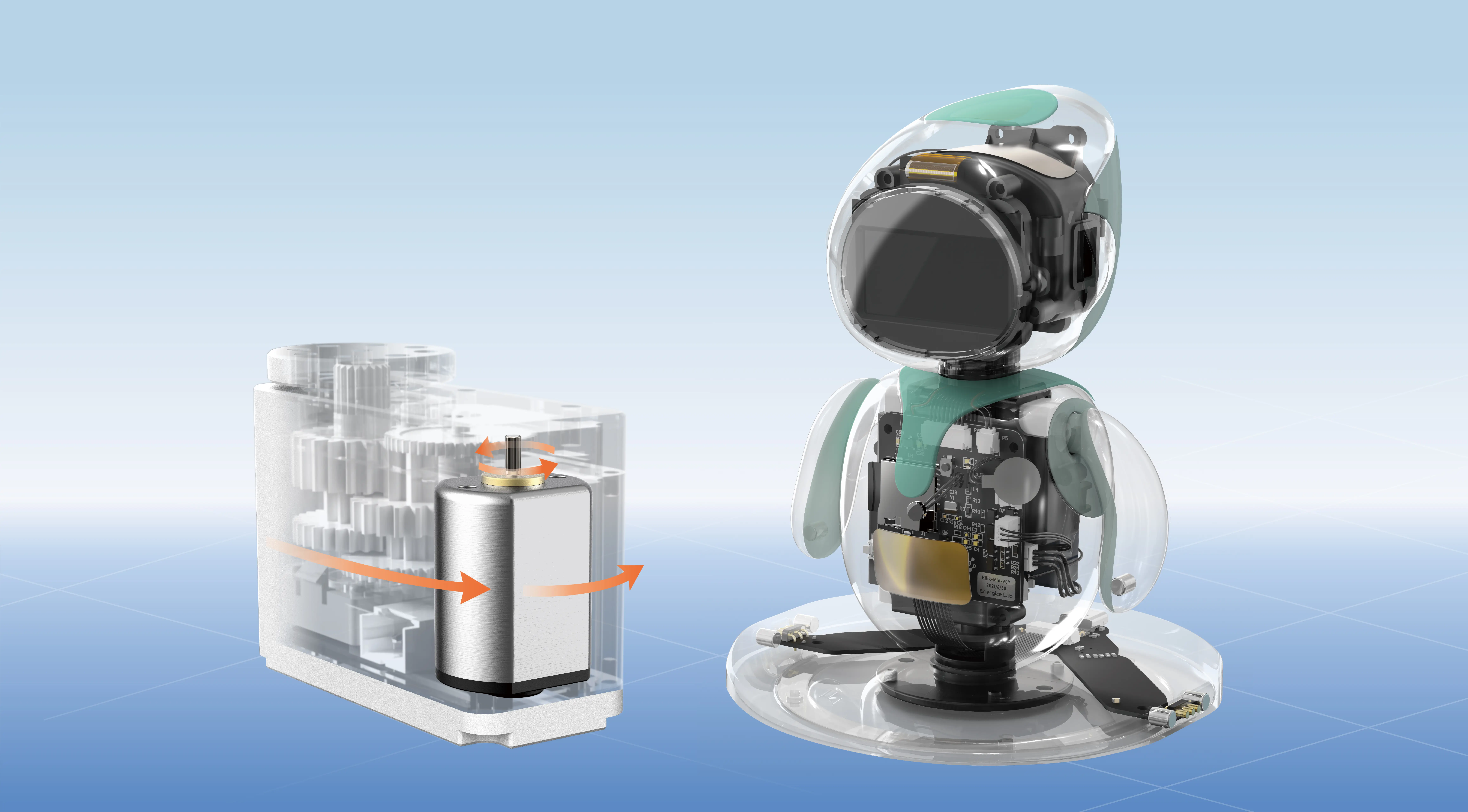Introduction: The Small but Mighty Tower Pro SG90 Micro Servo Motor
In the world of electronics and robotics, size doesn't always equate to power, and the Tower Pro SG90 micro servo motor exemplifies this perfectly. Compact, affordable, and surprisingly capable, the SG90 has become a staple for hobbyists, students, and professionals looking to infuse their projects with precision motion control. Its diminutive stature—measuring roughly 22.8mm x 12.2mm x 22.4mm—belies the vast potential packed into this tiny device.

This servo's popularity can be traced to its ideal blend of ease of use, affordability, and reliable performance. Whether you’re constructing your first robotic arm, building a remote-controlled vehicle, or creating an automated art installation, the SG90 offers unprecedented versatility without breaking the bank. Its lightweight design, weighing approximately 9 grams, makes it perfect for projects where every gram counts, especially in drones, wearable tech, and small-scale models.
A Brief Technical Overview
Understanding the technical specifications of the SG90 provides insight into why it’s so beloved among creators. The servo operates on a voltage range of 4.8V to 6V, with a typical stall torque of about 1.8 kg·cm at 4.8V and up to 2.2 kg·cm at 6V. This means it can exert decent force for its size—think of it as having a small hand capable of pushing or turning lightweight components with ease.
The rotation range is generally 0° to 180°, making it ideal for applications where semi-arc movement suffices. Its speed, approximately 0.1 seconds per 60° at 4.8V, ensures quick responses appropriate for real-time control scenarios. Internally, the servo uses a small DC motor, coupled with a gear train, typically made of plastic, for smooth motion and durability. The gears are a key part of the design, converting the motor's high-speed, low-torque output into higher torque and precise positioning.
Why the SG90 Excels in DIY and Hobbyist Projects
The ease with which the SG90 integrates into a variety of systems is one of its standout features. Most microcontrollers, including popular options like Arduino and Raspberry Pi, can easily interface with the servo via simple PWM signals. This compatibility broadens its appeal, allowing even beginners to bring motion into their electronic projects with minimal fuss.
Moreover, the availability of the SG90 in bulk, coupled with its affordability—typically costing less than a dollar each—makes it a go-to component for education kits and prototyping. This affordability is essential for students and hobbyists, enabling experimentation without a hefty investment.
Applications: Small Size, Big Roles
The true magic of the Tower Pro SG90 lies in its applications. Here’s a quick look at where this tiny servo shines:
Robotics: From animating robot arms and grippers to controlling head movements, the SG90 enables precise, small-scale motion. Remote-Control Vehicles: Whether it’s a miniature car, boat, or drone, the servo provides steering, throttle control, or camera gimbal movement. Home Automation: Light curtains, window openers, and other automation devices frequently utilize the SG90 for precise positioning. Educational Kits: It’s an indispensable teaching tool to introduce students to concepts of control systems, mechanics, and programming. Art and Animatronics: Artists and animators leverage the SG90 to create moving sculptures, puppets, and interactive exhibits.
Advantages and Limitations
While the SG90 has significant advantages, knowing its limits is equally important. Its plastic gears, while lightweight and cost-effective, are more prone to wear and breakage compared to metal gear servos. This makes it less suitable for heavy-duty or high-current applications but excellent for light, repetitive movements.
The performance of the SG90 is also influenced by voltage and load conditions. Under maximum load or at lower voltages, the servo may struggle to maintain accurate positioning or may stall. Proper power supply and calibration are vital for optimal performance.
Getting Started: Your First Project
If you’re eager to dive into creating with the SG90, the first step is understanding how to control it. Typically, an Arduino microcontroller can serve as the brain of your project. Connecting the servo involves three wires: power (red), ground (black or brown), and control (yellow, white, or orange). Using a simple PWM signal, you can command the servo to move to each desired position.
Many tutorials are available online, guiding beginners through setup, coding, and troubleshooting. A simple project might involve controlling the servo with a potentiometer, allowing manual adjustment of the angle. As you grow confident, you can integrate sensors, timers, and other components to develop complex, interactive projects.
Would you like to proceed with Part 2, which will explore advanced applications, DIY project ideas, and tips for maximizing the SG90's potential?
Kpower has delivered professional drive system solutions to over 500 enterprise clients globally with products covering various fields such as Smart Home Systems, Automatic Electronics, Robotics, Precision Agriculture, Drones, and Industrial Automation.




































